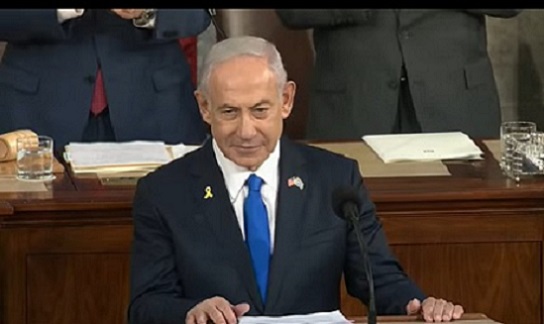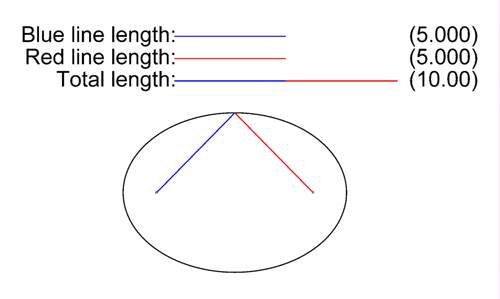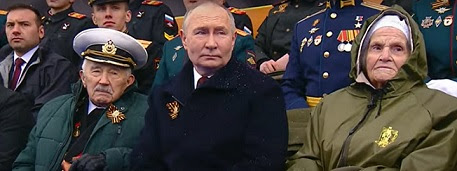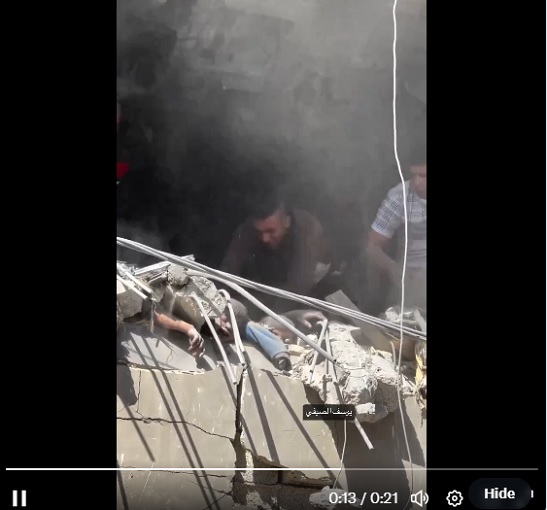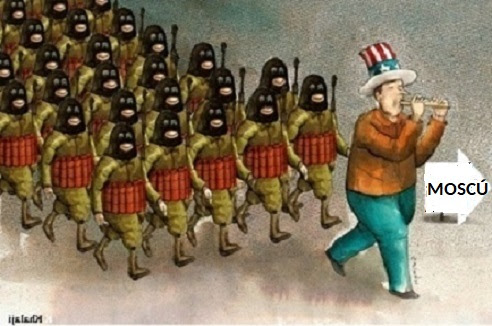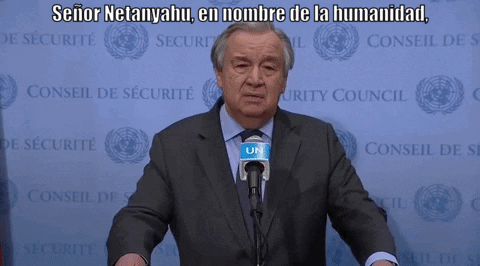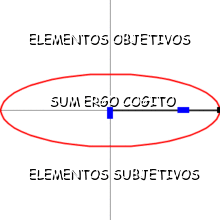Creemos que ésto hay que darlo a conocer por el imperialístico cinismo e hitleriana arrogancia (las declaraciones de Carmen Romero son grotescamente churrigurescas ) con la que estan tan descarademente provocando a Rusia.
D esta forma podremos estar al tanto de la peligrosísima posicion en la que estan poniendo a la Humanidad con la operacion "Barbarossa" que el The Project for the New American Century (PNAC) se ha impuesto al establecerse Rusia como un obstáculo de la Agenda Imperial.
No hay que estudiar en una escuela militar ni ir a una
Universidad para ver que el propósito de todo ésto
es muy nitido:
presionar,
amedrentar,
demostrar superioridad y agresividad
para intimidar y acoquinar, en una palabra:
aterrorizar --práctica en la cual son Maestros--,
apretándoles al máximo las tuercas a Rusia
para tratar, primero, de hacerlos caer desde dentro,
empujando al gobierno ruso a que se vea forzado
a actuar de forma tal que pierda el favor de su pueblo,
y en caso de que ésto falle..."meter las maniobras militares
--que a continuacion nos cuenta la AP--...
no 60 millas de Rusia...sino dentro de la misma Rusia,
es decir: la Guerra Abierta...
en éste caso con arcos y lanzas...
El título del artículo lo dice todo, y es lo mismo que si Rusia hace unas masivas maniobras militares, con fuego real,
en la frontera de los USA con Mexico, y el título del artículo sobre ellas dice: "Los juegos de Guerra Americanos hacen reavivar tensiones de de la Guerra Fría".
Esto esta muy claro.
Van a por Rusia.
Sólo les hace falta,
si la fruta no cae madura por si sola
con las quintas columnas
que tienen dentro de Rusia,
un Golfo de Tonkin --como en Vietnam--
que justifique el asalto.
Y los pueblos europeos,
amarrados al carro de Guerra
de la Gangstercracia yanqui,
tienen que DESPERTAR
antes de que el Hitler negro de Washington
nos meta a todos en el matadero.
Esperemos estar equivocados.
::::::::::::::::::::::::::::::::::::::::
US, Russian war games rekindle Cold War tensions
AMARI AIR BASE, Estonia (AP) — Russia is so close that the F-16 fighter pilots can see it on the horizon as they swoop down over a training range in Estonia in the biggest ever show of U.S. air power in the Baltic countries.
The four-week drill is part of a string of non-stop exercises by U.S. land, sea and air forces in Europe — from Estonia in the north to Bulgaria in the south — scaled up since last year to reassure nervous NATO allies after Russia's military intervention in Ukraine.
U.S. and Russian forces are now essentially back in a Cold War-style standoff, flexing their muscles along NATO's eastern flank.
The saber-rattling raises the specter that either side could misinterpret a move by the other, triggering a conflict between two powers with major nuclear arsenals despite a sharp reduction from the Cold War era.
"A dangerous game of military brinkmanship is now being played in Europe," said Ian Kearns, director of the European Leadership Network, a London-based think-tank. "If one commander or one pilot makes a mistake or a bad decision in this situation, we may have casualties and a high-stakes cycle of escalation that is difficult to stop."
With memories of five decades of Soviet occupation still fresh, many in the Baltic countries find the presence of U.S. forces a comfort rather than a risk.
Normally based in Aviano, Italy, 14 fighter jets and about 300 personnel from the 510th Fighter Squadron are training together with the Estonians — but also the Swedish and Finnish air forces. Meanwhile, Spain's air force is in charge of NATO's rotating air patrols over the Baltic countries.
"A month-long air exercise with a full F-16 squadron and, at the same time, a Spanish detachment doing air policing; that is unprecedented in the Baltics," said Tarien, who studied at the U.S. Air Force Academy in Colorado Springs.
In Moscow the U.S. Air Force drills just 60 miles (100 kilometers) from the Russian border are seen in a different light.
"It takes F-16 fighters just a few minutes to reach St. Petersburg," Foreign Ministry spokesman Alexander Lukashevich said, referring to the major Russian port city on the Baltic Sea.
He expressed concern that the ongoing exercise could herald plans to "permanently deploy strike aircraft capable of carrying nuclear weapons at the Russian border."
Moscow also says the U.S. decision to deploy armored vehicles in Eastern Europe violates an earlier agreement between Russia and NATO.
NATO spokeswoman Carmen Romero called those allegations "baseless" and said it is Russia that has breached the agreement through its actions in Ukraine.
She said NATO's increased military presence in Eastern Europe "is rotational and well below any reasonable definition of substantial combat forces...all our measures are defensive, proportional and in line with our international commitments."
Russia has substantially increased its own military activity in the Baltic Sea region over the past year, prompting complaints of airspace violations in Estonia, Finland and Sweden, and staged large maneuvers near the borders of Estonia and Latvia.
On board the fighter jet, the pull of the G-force was excruciating as the pilot swooped down onto his target before brutally ascending to circle the range.
After dropping six practice bombs each, the two jets returned to Amari air base, flying so low over the flat Estonian countryside that they frequently had to gain altitude to avoid radio towers.
On the ground, Lt. Col. Christopher Austin, commander of the 510th Squadron, dismissed the risk of his pilots making any rash moves that could provoke a reaction from the Russians.
"We stay far enough away so that we don't have to worry about any (border) zones or anything like that," he said. "We don't even think about it."





























































































































































































































